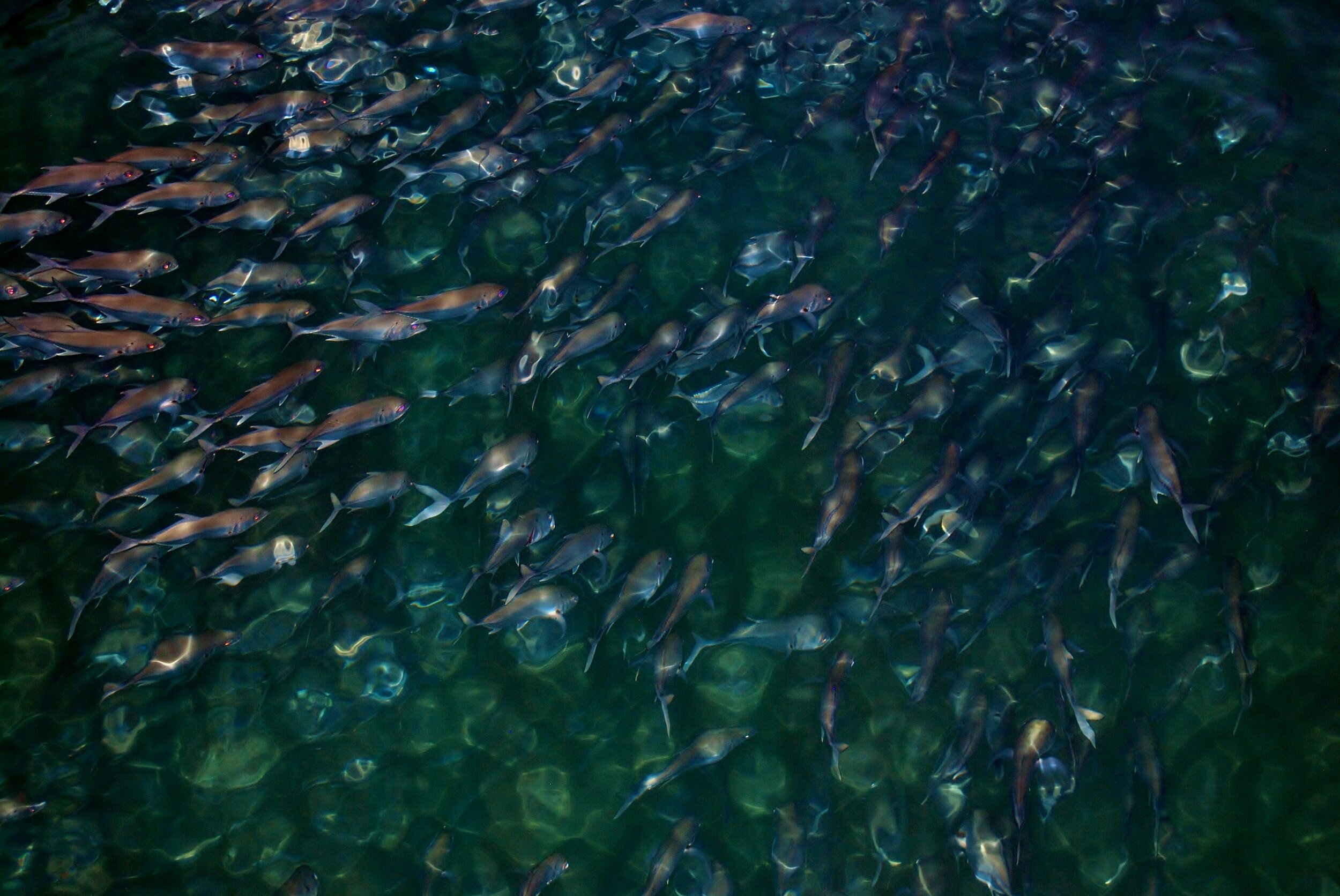
Blog
On our blog you’ll find explorations of key concepts in wild animal welfare, features on experts in the field, organizational updates, and more.
For publications and preprints, please visit our Library.
Category
Spring 2020 Wild Animal Welfare Meetup
Undeterred by a canceled conference, we co-hosted a virtual wild animal welfare meetup along with Animal Ethics and Rethink Priorities.
What is the value of wild animal welfare for restoration ecology?
Jane Capozzelli, Luke Hecht, and collaborator Dr. Samniqueka Halsey explore the potential for synergy between restoration ecology and wild animal welfare research.
Measuring welfare with biological age
Dr. Will Bradshaw explains the connection between biological age and welfare, and how this new approach could improve our efforts to help wild animal animals.
Long-term design considerations for wild animal welfare interventions
How persistent and reversible should our interventions be? Simon Eckerström Liedholm explores two important factors in assessing the merits of interventions to improve wild animal welfare.
Improving pest management for wild insect welfare
Why should you care about insect welfare? Hollis Howe summarizes the literature on invertebrate sentience, estimates the number of insects affected by agricultural insecticide use, and describes the effects of common insecticidal compounds and other pest control methods.
Correcting a model on the balance of suffering in nature
Stanford economics PhD student Zach Freitas-Groff explains his and Dr. Yew-Kwang Ng’s new interpretation of Ng’s model. Wild Animal Initiative Executive Director Mal Graham joins him to further explore implications for wild animal welfare.
What is fitness? Evolution and wild animal welfare
Wild Animal Initiative Executive Director Mal Graham covers the basics of fitness and evolution, and explains how they may relate to wild animal welfare.
Age-specific survivorship frames the expected value of wild animal welfare
Welfare expectancy can serve as a framework for weighing up the different levels of well-being animals might experience over the course of their lives, helping to model the welfare consequences of interventions and natural pressures, such as predation, that may disproportionately affect animals of particular ages.
Short summer projects from our interns
This summer, Wild Animal Initiative hosted two summer interns, Anthony DiGiovanni and Dylan Quinn. Both were great additions to the Wild Animal Initiative team and wish them the best of luck in their future endeavors.
Be the first to hear about Wild Animal Initiative’s work.
Follow us on Facebook or Twitter and subscribe to our monthly newsletter.












